Getting a good night’s sleep isn’t always as simple as closing your eyes. Between stress, screen time, and late-night scrolling, many people struggle to fall asleep — or to wake up feeling truly rested. The good news? Science shows that light exposure plays a major role in how well you sleep — and the right kind of light can actually help.
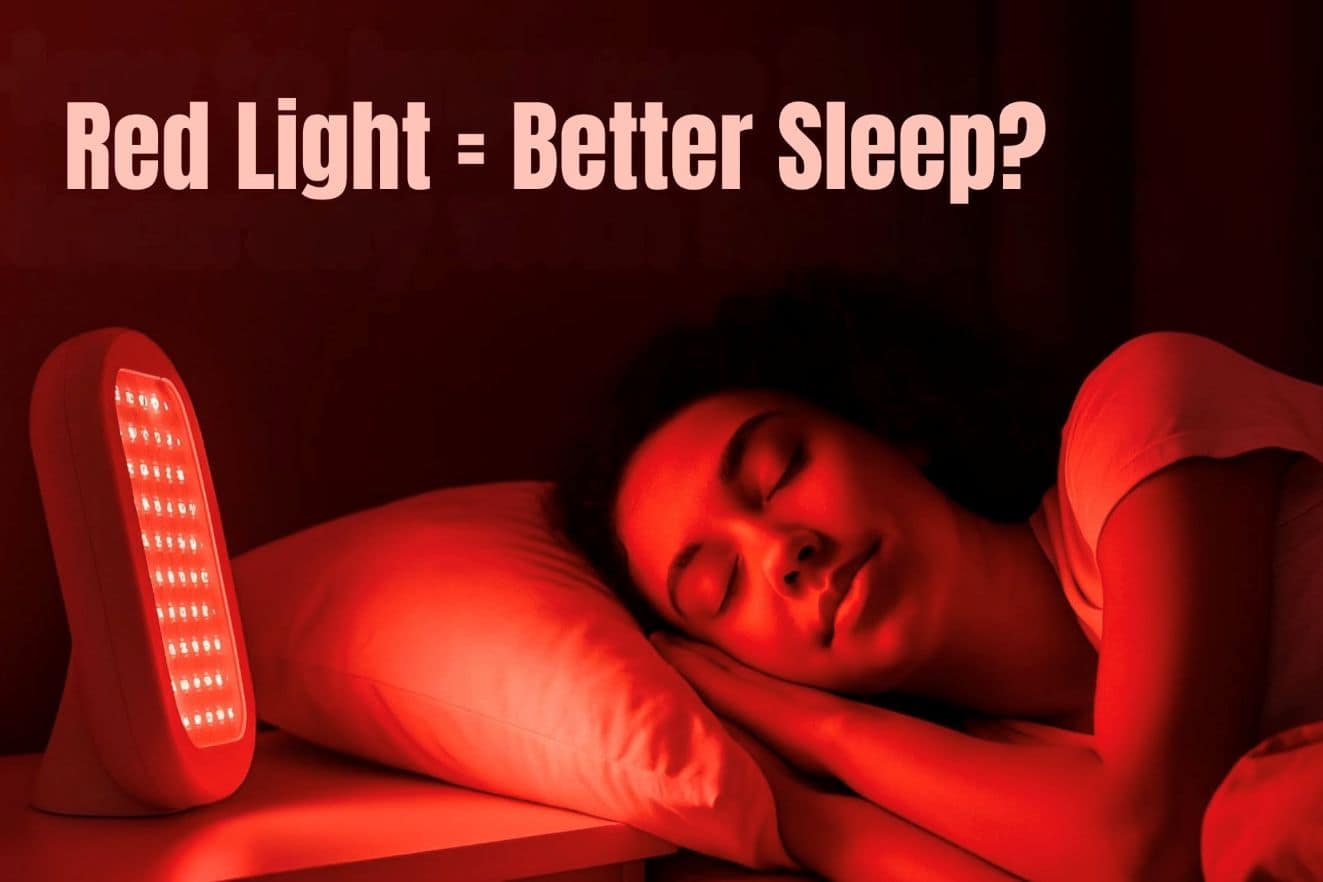
😴Why Modern Life Disrupts Sleep
Our bodies are naturally programmed to follow a rhythm called the circadian cycle, which tells us when to be alert and when to rest. For thousands of years, sunlight guided that rhythm — bright light during the day kept us awake, and darkness at night signaled our brains to produce melatonin, the hormone that helps us sleep.
But modern life changed that.
- We spend more time indoors under artificial lighting.
- We stare at screens late into the night.
- We live in a constant state of stimulation and stress.
All of this leads to melatonin suppression, delayed sleep onset, and lighter, less restorative rest. Blue and white light — like that from phones, TVs, and LED bulbs — send “daytime” signals to your brain even when it’s midnight, making it harder to unwind and fall asleep.
🔵From Blue to Red: Balancing Your Body’s Light Signals
So if blue light can keep your brain alert, what kind of light helps it relax?
That’s where red light comes in.
Unlike harsh white or blue light, red light has longer wavelengths that don’t suppress melatonin — the hormone that tells your body it’s time to rest. Instead, red light supports your natural circadian rhythm, helping your body transition smoothly into sleep mode.
This makes it one of the most effective and non-invasive ways to prepare your mind and body for deeper, more restorative rest — and science backs it up.
🔴The Science Behind Red Light and Sleep
One of the best-known studies on red light and sleep was published in the Journal of Athletic Training in 2012.
In this randomized controlled trial, researchers studied 20 female athletes who received 30 minutes of red light therapy every night before bed for two weeks, while another group received no treatment.
The results were remarkable:
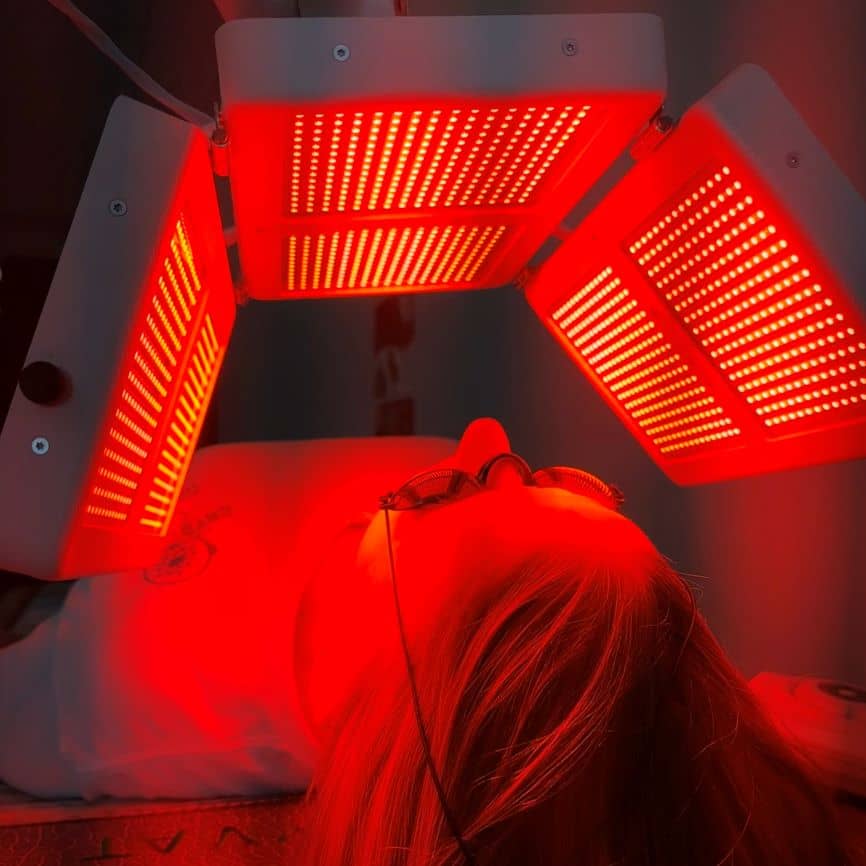
- The red-light group reported significantly better sleep quality, measured using the Pittsburgh Sleep Quality Index (PSQI).
- Their melatonin levels increased, showing that red light helped regulate their natural sleep-wake rhythm.
- They also experienced less fatigue and faster recovery than the control group.
The researchers concluded that red light exposure before sleep can enhance both sleep quality and recovery, likely by stimulating melatonin production and aligning the circadian rhythm.
📊 More Evidence Supporting Red Light for Sleep
While that study was relatively small, newer research supports similar benefits across different populations:
- A randomized controlled trial involving 80 cardiac ICU patients found that replacing standard white light with red lighting during nighttime hours significantly improved sleep quality and reduced insomnia severity compared to standard hospital lighting.
- Another sham-controlled study of 30 adults with sleep complaints tested red and near-infrared phototherapy applied around the neck before bed. Participants reported higher relaxation, better sleep quality, and improved next-day alertness compared to a placebo group.
Together, these findings suggest that red light — whether used in a clinical setting or at home — can help the brain and body wind down naturally, improving both the quality and depth of sleep.
While larger, long-term trials in the general population are still needed, the growing body of evidence points to a simple truth: exposure to warm, red light before bed supports better sleep and faster recovery, especially when used instead of harsh white or blue lighting.
💡 How Red Light Therapy Works on a Cellular Level
Beyond helping you sleep better, red light also works at a deeper level within your cells. The red and near-infrared wavelengths penetrate your skin and are absorbed by the mitochondria — the “powerhouses” of your cells.
This process, known as photobiomodulation, helps cells produce more ATP (cellular energy).
The result? Reduced inflammation, better recovery, and improved energy regulation — all of which contribute to a calmer nervous system and deeper, more restorative sleep.
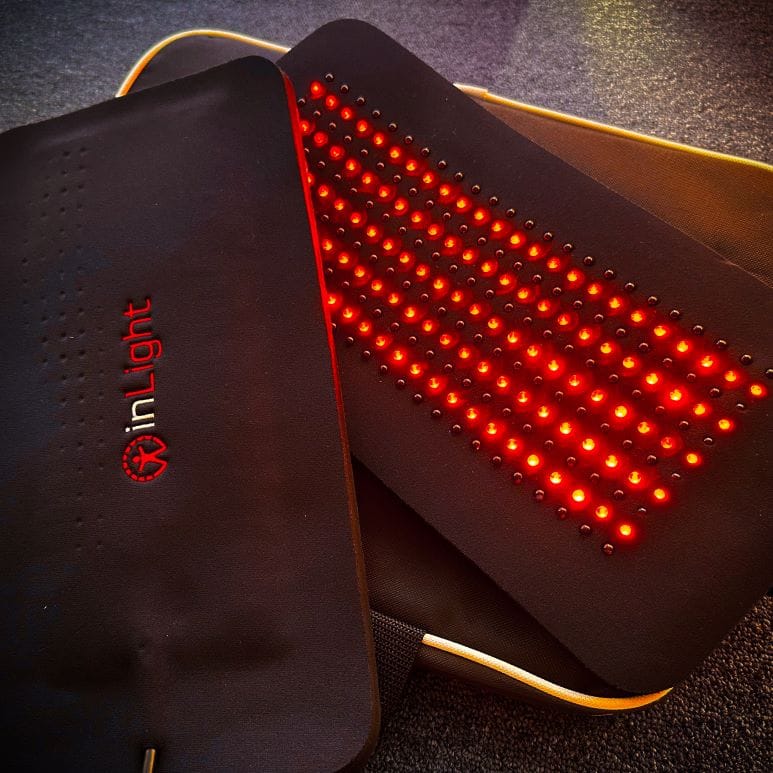
🌙 Simple Tips for Better Sleep
If you want to naturally improve your sleep, start with these small but effective changes:
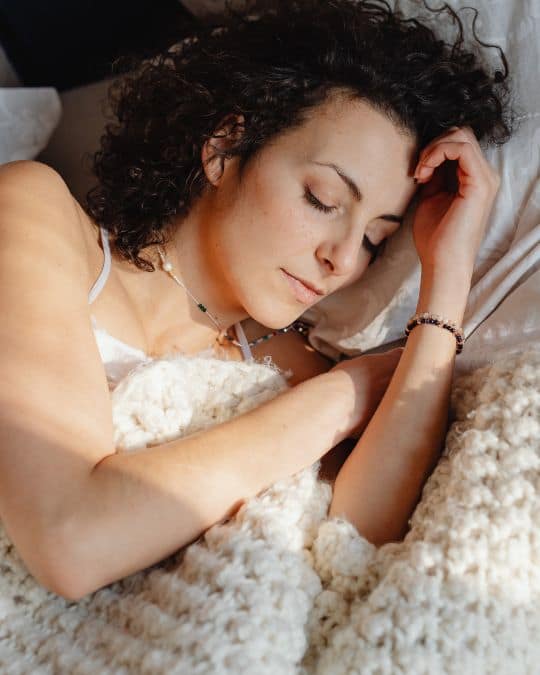
💤 Experience the Power of Red Light at Cryo-eeze Spring Hill
At Cryo-eeze Spring Hill Wellness & Recovery Center, our red light therapy sessions are designed to help your body and mind relax, rebalance, and prepare for restorative sleep. Whether you’re struggling with insomnia, restless nights, or morning fatigue, red light can help bring your body back into rhythm — naturally.
Give your nights the calm they deserve — and your mornings the energy they need. 🌙✨
5 min
Related Posts
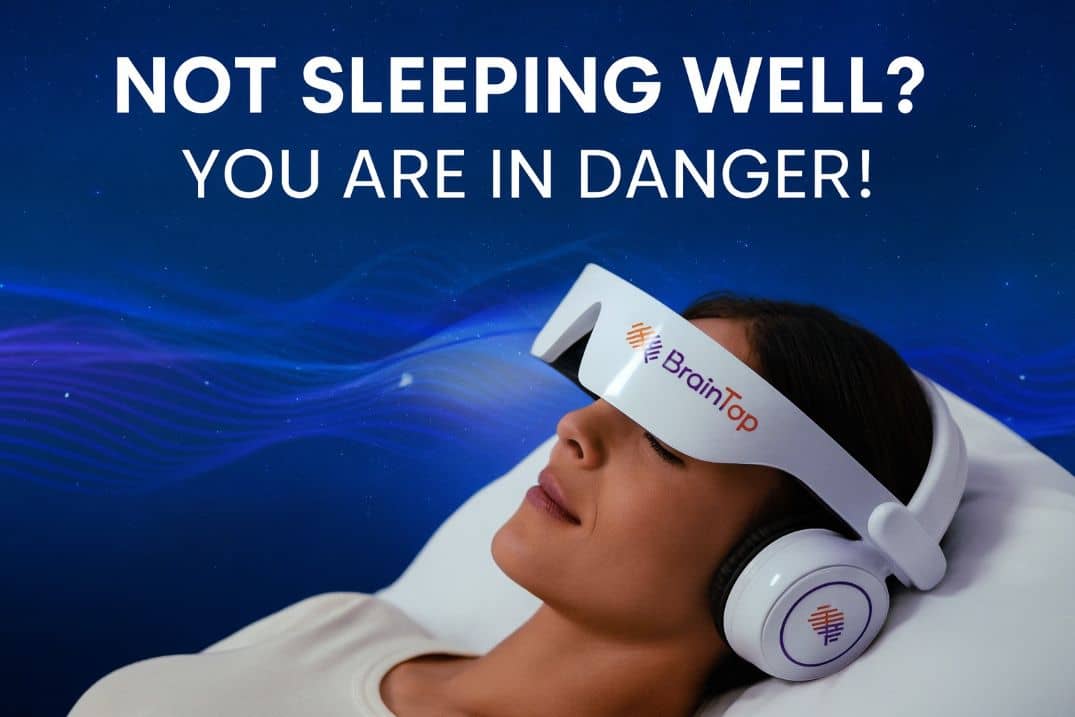
😴 Not Sleeping Well? You are in Danger! How Braintap Helps?
When was the last time you woke up truly rested after a full night’s sleep? If you…
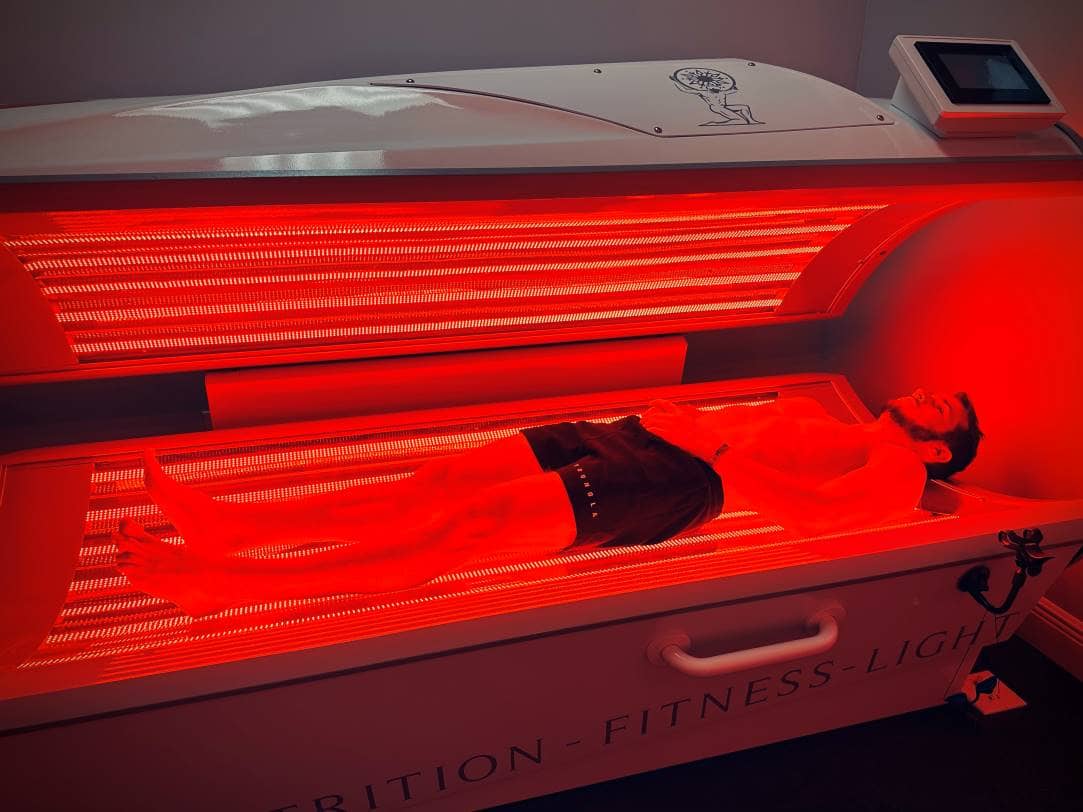
🟥 Unlocking the Benefits of Red Light Therapy
In the world of natural wellness and recovery, Red Light Therapy (RLT) has quickly gained attention for…

